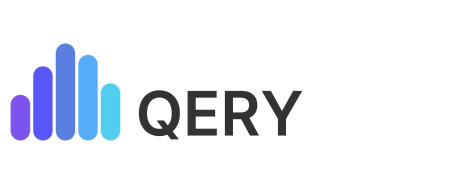As the labour market continues to evolve at a rapid pace, lifelong learning has become an increasingly critical aspect of equipping the workforce with the skills and knowledge needed to succeed.
Norway has a high level of participation in lifelong learning, with approximately 6 out of 10 adults engaging in some form of learning activity. This places Norway among the top countries in terms of adult participation in lifelong learning, with a share that is 13 percentage points above the EU average.
In comparison to other European countries for which data is available, Norway is ranked joint 4th in terms of participation rate.
Lifelong learning is a strategic priority for the EU and a key means for equipping individuals with the skills and knowledge needed to succeed in the changing labor market. The EU has set ambitious targets for increasing participation in learning activities, aiming for a participation rate of at least 47% by 2025 and 60% by 2030.
Increased participation in lifelong learning in 2022
More recent data on adult learning in Norway can be found in The Learning Conditions Monitor (LCM), conducted by Statistics Norway. This monitor provides a detailed and current look at adult learning in the country and is based on data collected through the Labour Force Survey. However, due to a revision of the LFS in 2021, there is a break in the time series and the data presented is not directly comparable with that from previous years.
The Learning Condition Monitor for 2022 shows an increase in the share of employed individuals participating in non-formal education and training compared to 2021. This is also by far the most common learning activity for employed individuals, and includes various forms of courses, seminars, and conferences with training as the main purpose. The proportion of employed individuals who participated in formal further education or training was similar to that in 2021. In addition, the proportion of those who did not participate in formal or non-formal education fell. Note that the figures exclude employed individuals who primarily consider themselves as students.
The Learning Condition Monitor also shows how employed individuals in different industries participate in different learning activities. The figures for 2022 show that public administration has the highest participation in non-formal education. The accommodation and food services industry has the highest proportion of formal education, and this is also the industry where formal education is more common than non-formal education.
For the first time, the 2022 Learning Condition Monitor also includes a measure of participation in learning-intensive work, defined as employed individuals who have opportunities to acquire knowledge and skills through their daily work. In this category, information and communication are the highest. The proportion of those who have not participated in either formal or non-formal education is highest in mining, manufacturing, etc.; agriculture, forestry and fishing; and transportation and storage.
About the data
Data for Norway and EU countries is from the Adult Education Survey.
Data from Norway for 2021 is from The Learning Conditions Monitor.

